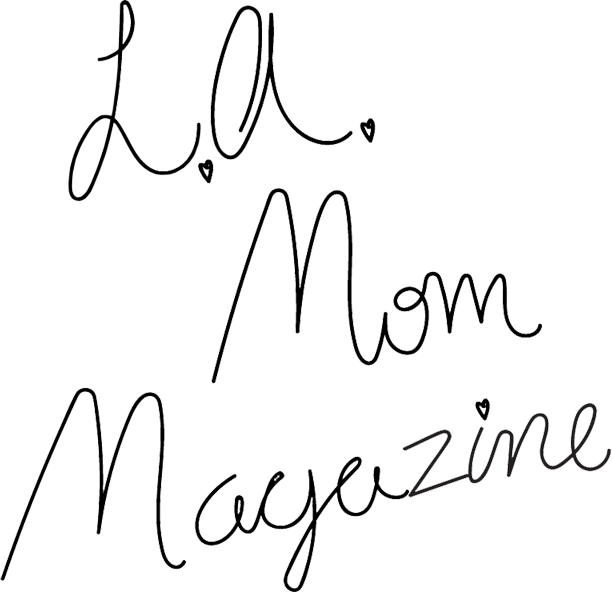By Peter S. Waldstein, M.D., F.A.A.P and Julia A. White, M.D., F.A.A.P
 Talking about infant head shape is something that frequently comes up at the pediatrician’s office. Your pediatrician may ask you to start “tummy time” very early in your infant’s life, and there is reason behind it. Plagiocephaly, which is a term for abnormal head shape with flattening of the skull, is something that has increased in incidence dramatically since babies have been sleeping on their backs.
Talking about infant head shape is something that frequently comes up at the pediatrician’s office. Your pediatrician may ask you to start “tummy time” very early in your infant’s life, and there is reason behind it. Plagiocephaly, which is a term for abnormal head shape with flattening of the skull, is something that has increased in incidence dramatically since babies have been sleeping on their backs.
There are different types of abnormal head shapes which are named based on the shape. The most common is called posterior plagiocephaly, which is a flattening of the back of the head. This can be due to being in one position on the back for prolonged periods of time, or by having fusion of two of the bones in the back of the skull at the lambdoid suture (called lambdoid craniosynostosis). Scaphocephaly is when the head is elongated, due to fusion of the skull in the middle on top of the head (sagittal craniosynostosis). Brachycephaly is when the skull appears short and wide, often due to fusion of the coronal suture (coronal craniosynostosis).
 As stated previously, the incidence of positional plagiocephaly increased after babies started to sleep on their backs. This started in 1992 when the American Academy of Pediatrics started the “Back to Sleep” campaign due to the increased incidence of Sudden Infant Death Syndrome when sleeping on the stomach. Although this is the main cause, there are other things that can contribute as well.
As stated previously, the incidence of positional plagiocephaly increased after babies started to sleep on their backs. This started in 1992 when the American Academy of Pediatrics started the “Back to Sleep” campaign due to the increased incidence of Sudden Infant Death Syndrome when sleeping on the stomach. Although this is the main cause, there are other things that can contribute as well.
A condition called torticollis is also associated with increased risk. In torticollis, babies have their neck tilted to one side due to tightening of the muscles (congenital muscular torticollis) or other causes. By having the neck tilted to one side, babies then consistently sleep with the head positioned a particular way causing flattening. Premature infants can also be at increased risk of plagiocephaly, as their skulls are often softer than normal than a term infant.
If it is determined that your child has positional plagiocephaly, no need to worry! Conservative measures are often done first, as the degree of flattening will often improve tremendously with a little attention. First, tummy time is important. You should always have your baby on his or her back to sleep due to safety, however placing the infant on the tummy during non-sleeping times for intervals decreases this time spent in one position on the back. In addition, it helps with muscular development and head control. If your baby tends to look one particular way when in the crib sleeping, you can attempt to alter the position. Try changing the crib position in the room, or altering the visual focus by placing a mobile or other bright colored object on the opposite side of the crib.
For infants with torticollis, physical therapy is often indicated. The therapy will consist of neck stretching exercises, and your pediatrician might refer you to a physical therapist who will teach you to do these exercises at home the proper way.
If conservative measures fail, then helmet therapy may be warranted. Typically, referral will be done around 4 to 6 months and after using the above measures has failed. There are several centers and companies who treat infants with helmets, and the results are usually very good.
If you have questions regarding your child’s head shape, you should feel free to ask your pediatrician who will best be able to determine the cause of any abnormalities and be able to refer to you a specialist if needed.
Dr. Waldstein and Dr. White are both board certified pediatricians who practice in Beverly Hills.
